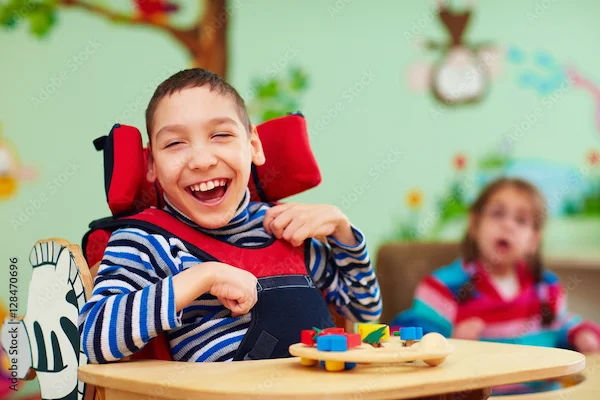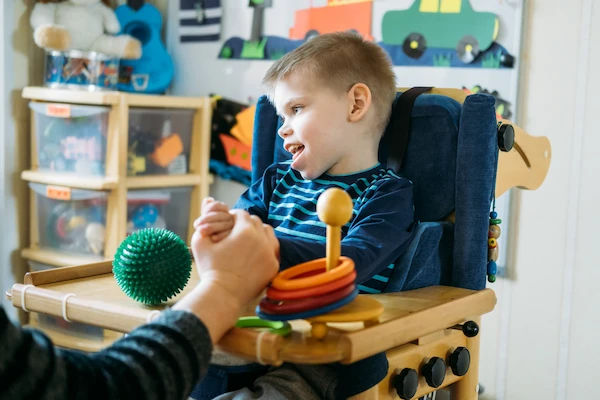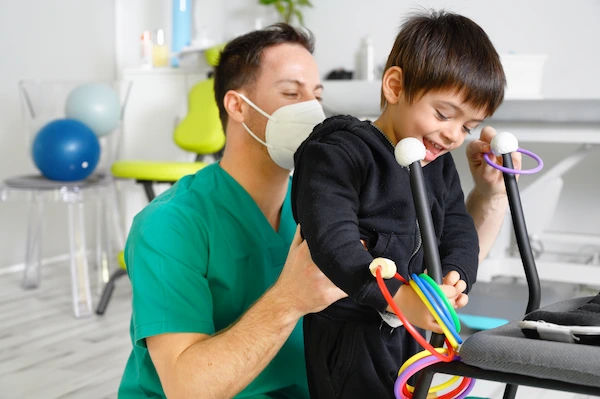Understanding Cerebral Palsy: A Comprehensive Guide for Families
Know about the cerebral palsy, what it is, signs, symptoms, diagnosis, treatment options, management and types of cerebral palsy.

Written by Dr. Dhankecha Mayank Dineshbhai
Reviewed by Dr. Shaik Abdul Kalam MD (Physician)
Last updated on 13th Oct, 2025
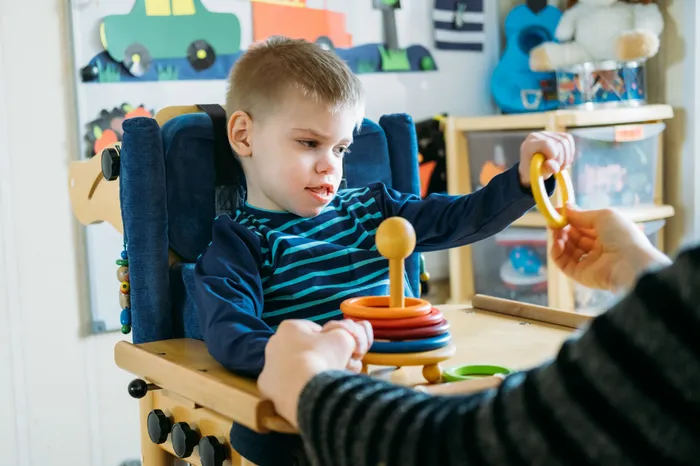
Introduction
Receiving a diagnosis of cerebral palsy (CP) for your child can feel overwhelming. You likely have a flood of questions about what it means for their future, what caused it, and what you can do to help. This guide is designed to be a clear, compassionate, and comprehensive resource for parents, family members, and caregivers. We will walk you through everything you need to know about cerebral palsy from its basic definition and early signs to the various treatment options and strategies for supporting a full, enriching life. With the right support and interventions, individuals with cerebral palsy can achieve incredible milestones and lead happy, fulfilling lives. Let’s start by understanding exactly what cerebral palsy is.
What is Cerebral Palsy? Defining the Condition
Cerebral palsy (CP) is a group of permanent movement disorders that appear in early childhood. The term "cerebral" refers to the brain, and "palsy" refers to weakness or problems with using the muscles. Essentially, CP is caused by abnormal development or damage to the parts of the brain that control movement, balance, and posture. It's crucial to understand that CP is not a disease; it's a condition, and it is not contagious.
Consult a Top Neurologist for Personalised Advice
The Brain and Motor Function Connection
The brain sends signals to our muscles to make them move. When the motor cortex—the part of the brain responsible for planning, control, and execution of voluntary movements—is damaged, these signals can't be transmitted correctly. This disruption leads to the characteristic symptoms of CP, such as stiff muscles (spasticity), uncontrollable movements (dyskinesia), or poor balance and coordination (ataxia). The specific effects depend on which part of the brain was injured and the extent of the damage.
A Non-Progressive Disorder: What That Really Means
A key point that often confuses is that cerebral palsy is "non-progressive." This means the brain damage itself does not get worse over time. The initial lesion in the brain does not spread or deteriorate. However, the symptoms can change as a child grows. For example, muscle tightness can worsen if not managed with therapy, and secondary conditions like joint pain can develop. This is why ongoing management is so critical. Understanding this distinction helps families focus on therapies that improve function and prevent complications, rather than fearing the core condition is deteriorating.
Recognising the Signs: Early Symptoms of Cerebral Palsy
Early identification of early signs of cerebral palsy in babies is vital for accessing intervention services when they can have the greatest impact. Symptoms can vary greatly in severity and may not be immediately obvious. They often become more apparent as the child misses key developmental milestones.
Infant Milestones and Red Flags (0-12 months)
By 3-6 months: Your baby might feel unusually stiff or floppy. They may have difficulty holding their head up when picked up from lying on their back, or they might overextend their back and neck as if pushing away from you.
By 6-10 months: They might reach out with only one hand while keeping the other in a fist. They may not roll over, struggle to bring their hands together, or have difficulty bringing their hands to their mouth.
By 10-12 months: A significant red flag is not crawling in a coordinated way or dragging one side of the body while crawling. They might also scoot on their bottom instead of crawling.
Signs in Toddlers and Young Children
As mobility increases, other signs become noticeable. These can include favouring one side of the body, walking on toes, a crouched or "scissored" gait (where the knees cross), excessive drooling, or difficulty with precise tasks like picking up a small object. Delays in speech development can also be associated with CP. If you notice any of these developmental delays, it's important to discuss them with your paediatrician. If you have concerns about your child's development, consulting a doctor online with Apollo24|7 can be a helpful first step for guidance.
The Different Types of Cerebral Palsy
CP is classified based on the type of movement disorder and which parts of the body are affected. Knowing the types of cerebral palsy helps in creating a targeted treatment plan.
Spastic Cerebral Palsy
This is the most common type, affecting about 80% of people with CP. It is characterised by muscle spasticity—high muscle tone that causes stiffness and awkward movements. It's further divided by affected limbs: diplegia (mostly legs), hemiplegia (one side of the body), and quadriplegia (all four limbs).
Dyskinetic Cerebral Palsy
This type involves uncontrollable movements. These can be slow and writhing (athetosis) or rapid and jerky (chorea). The muscle tone can fluctuate from too tight to too loose, making it difficult to sit, walk, or grasp objects.
Ataxic Cerebral Palsy
The least common form, ataxic CP, primarily affects balance and coordination. A person with ataxic CP may have an unsteady gait, difficulty with quick or precise movements (like writing or buttoning a shirt), and intention tremors (shaking that worsens when trying to perform a task).
Mixed Types
Some individuals have symptoms of more than one type. The most common mix is spastic-dyskinetic CP.
What Causes Cerebral Palsy? Unpacking the Risk Factors
Understanding the causes of cerebral palsy during pregnancy and birth is a common concern for parents. In most cases, CP is related to brain damage at birth or before birth, known as congenital CP.
Causes Before and During Birth (Congenital CP)
Prenatal Factors: Infections during pregnancy (like rubella or cytomegalovirus), maternal health conditions (thyroid problems, preeclampsia), or genetic disorders can interfere with fetal brain development.
Perinatal Factors: This includes complications during labor and delivery that lead to oxygen deprivation (birth asphyxia), premature birth (a significant risk factor), and low birth weight.
Causes After Birth (Acquired CP)
In about 10-15% of cases, brain damage occurs in the first few months or years of life. This can result from a serious head injury (e.g., from a car accident or fall), a brain infection (such as meningitis or encephalitis), or a stroke. It's important to note that in many individual cases, the exact cause is never determined.
How is Cerebral Palsy Diagnosed?
There is no single test for CP. Diagnosis involves tracking development and ruling out other conditions. If symptoms persist beyond initial concerns, consulting a specialist via Apollo24|7 can help coordinate the next steps.
Developmental Monitoring and Screening
Paediatricians monitor a child's growth and development at every well-child visit. If there are concerns, they will use standardised developmental screening tools to assess delays in movement, speech, and other areas.
The Role of Brain Imaging (MRI, CT Scan)
If CP is suspected, a brain scan is often the next step. A magnetic resonance imaging (MRI) scan is preferred as it provides a detailed picture of the brain, which can reveal areas of damage or abnormal development. A CT scan may also be used.
Other Diagnostic Tests
Additional tests may include an electroencephalogram (EEG) to check for seizures, which are common in CP, or genetic and metabolic testing to rule out other possible conditions.
Treatment and Management: A Lifelong Approach
There is no cure for CP, but a wide range of cerebral palsy treatment options can dramatically improve a child's capabilities and quality of life. Management is a team effort involving the family, doctors, and therapists.
The Power of Early Intervention Services
These are federally funded programs for infants and toddlers with disabilities. They provide crucial therapies from a very young age, capitalising on the brain's plasticity to build foundational skills.
Core Therapies: Physical, Occupational, and Speech
Physical Therapy (PT): Focuses on improving gross motor skills like sitting, walking, and balance through exercises and stretches.
Occupational Therapy (OT): Helps children develop fine motor skills needed for daily activities like dressing, eating, and writing.
Speech-Language Therapy: Assists with difficulties in speaking, swallowing, and using alternative communication devices if needed.
Medications and Surgical Options
Medications like muscle relaxants (oral or via baclofen pump) can help reduce spasticity. In some cases, orthopaedic surgery can correct bone deformities or lengthen tight muscles and tendons to improve mobility and reduce pain.
Assistive Technology and Mobility Aids
From ankle-foot orthotics (braces) and walkers to sophisticated powered wheelchairs and communication boards, assistive devices for cerebral palsy are essential tools for promoting independence.
Living Well with Cerebral Palsy: Beyond Medical Care
A holistic view of care addresses emotional, social, and practical needs throughout a person's life.
Education and Inclusive Schooling
Children with CP have the right to a free and appropriate public education. An Individualised Education Program (IEP) ensures they receive the supports and accommodations they need to succeed academically.
Social, Emotional, and Mental Health Support
Building self-esteem and social skills is crucial. Connecting with other families through support groups can provide invaluable encouragement and practical advice for both the individual with CP and their family.
Transitioning to Adulthood: Independence and Employment
Planning for adulthood should begin in the teen years. This includes exploring vocational training, higher education, independent living options, and financial planning. With the right support, many adults with CP lead independent lives and have successful careers.
Conclusion
Navigating life with cerebral palsy is a journey of love, resilience, and adaptation. While the diagnosis may seem daunting at first, it's important to remember that a child with CP is first and foremost a child with unique talents, personality, and potential. The landscape of support, from advanced therapies to inclusive community programs, is better than ever. The goal of treatment is not to "fix" the individual but to empower them to overcome challenges and live life to the fullest. By focusing on abilities, celebrating every achievement, and building a strong network of care, families can help their loved ones with CP write their own inspiring stories of success and happiness. You are not alone on this path—lean on medical professionals, connect with support communities, and never underestimate the power of your advocacy and love.
Consult a Top Neurologist for Personalised Advice
Consult a Top Neurologist for Personalised Advice

Dr. Aditendraditya Singh Bhati
Neurosurgeon
21 Years • MBBS(2004), DNB Neurosurgery(2014); MNAMS; Fellow Skull Base Endoscopy (Italy), Fellow Extended Skull Base ( Weill Cornell, USA), Fellow ZAP-X Radiosurgery. Member of American Association of Neurological Surgeons
Delhi
Apollo Hospitals Indraprastha, Delhi
(100+ Patients)
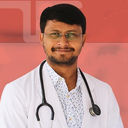
Dr. Ganeshgouda Majigoudra
Neurologist
10 Years • MBBS, MD ( GENERAL MEDICINE) DM (NEUROLOGY)
Bengaluru
Apollo Clinic, JP nagar, Bengaluru

Dr Rajashekar Mummadi
Neurologist
3 Years • MBBS, DNB General Medicine, DRNB Neurology
Hyderabad
Dr Ram's Neuro Clinic, Hyderabad
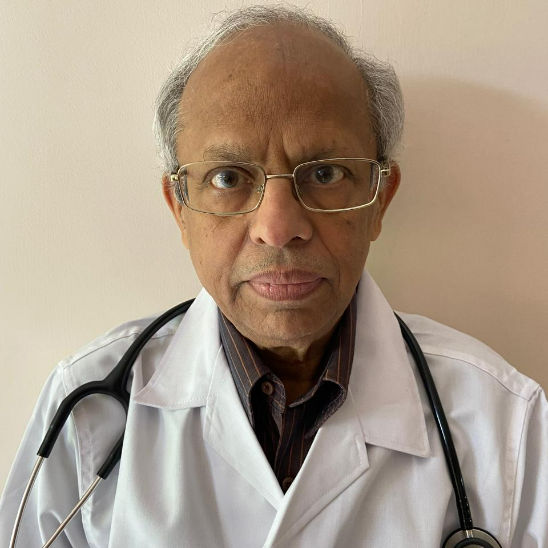
Dr. E Prabhakar Sastry
General Physician/ Internal Medicine Specialist
40 Years • MD(Internal Medicine)
Manikonda Jagir
Apollo Clinic, Manikonda, Manikonda Jagir
(150+ Patients)
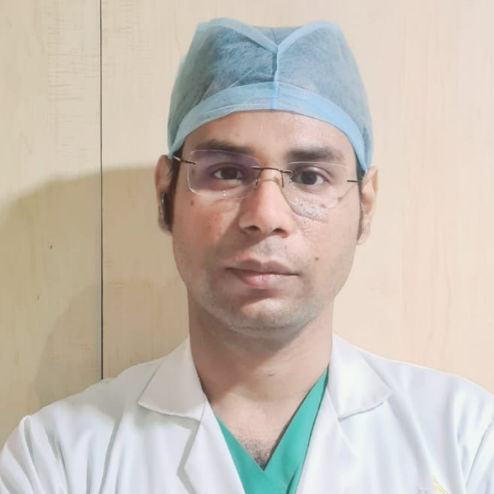
Dr Debnath Dwaipayan
Neurosurgeon
9 Years • MBBS, MS(Gen. Surgery), DrNB (Neurosurgery)
Delhi
Apollo Hospitals Indraprastha, Delhi
